Humans consume roughly 90 to 95 million tons of fresh-caught fish each year. Larger catches will not be possible in the near future because fish stocks are at their extreme limits. The demand for salmon, tuna, sea bass and cod is increasing with the growing global population, though. These fish are also being presented more and more often as a healthier alternative to meat. For this reason, freshwater and saltwater fish and seafood such as shrimp have been raised in aquaculture since the 1950s, with the trend growing. The industry, which is primarily located in Asia, South America and Europe, is one of the most rapidly expanding in the food industry, with growth rates of 5 to 6 % p.a. and a total production of 73 million tons of fish.
The aquaculture industry is providing more and more fish and seafood – but it also presents huge challenges, from the proper nutrition and health of the animals to environmental impact of farming. As an example, sourcing new sustainable raw materials to support aquaculture growth is one of the main challenges of aquaculture. Aquaculture feeds are formulated mostly with vegetable raw materials sources, but fish meal remains an indispensable ingredient guaranteeing good feed palatability and nutritional value for most of the farmed species. Fish meal is manufactured from fresh fish – about 15 million tons of wild-caught fish is used for this. However, its worldwide production has remained stable for many years while the aquaculture industry, and consequently the demand of fish meal, is growing. This model cannot work in the long term, and many experts agree that new raw material alternatives must be found.

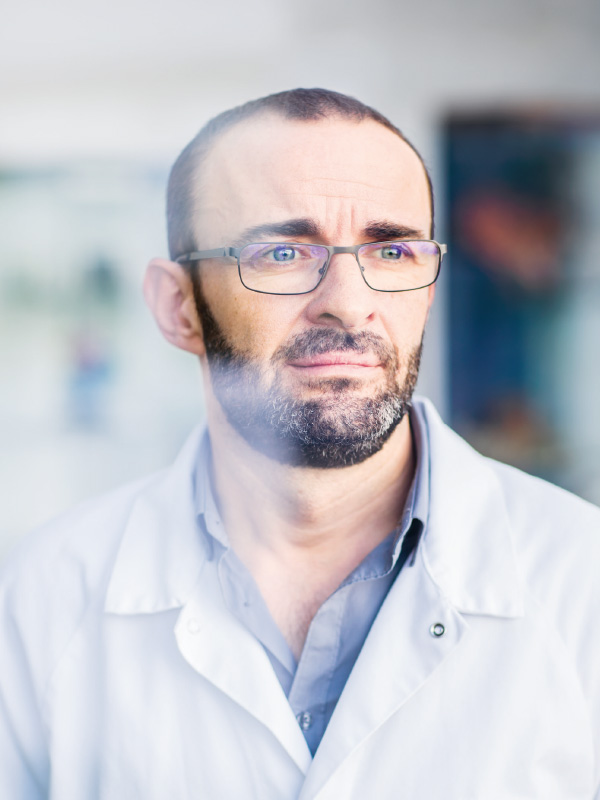
Vincent Fournier
Head of Research and Development at Diana Aqua
Diana Pet Food therefore founded a small business unit in 2003 to address this issue. Vincent Fournier, Head of Research and Development at Diana Aqua, has been there from the very beginning. The business unit develops and produces feed ingredients for aquaculture and now has 140 employees at sites in Europe, Asia and Latin America. The scientist, who has a doctorate in fish biology and nutrition, started the first attempts at creating the perfect fish feed 14 years ago. “We had a number of tasks right from the start: reducing the amount of fishmeal in fish feed, making it both palatable and nutritious while supporting fish health,” he says during a tour through the company’s test center in Brest, France. It is on the outskirts of the capital of Brittany, just a stone’s throw from the Atlantic.
The 44-year-old established the facility on the grounds of a French research institute and then developed the testing protocols, allowing him and his team to assess various feed supplements in European sea bass. “Among other things, we experiment the palatability of our products here – in accordance with strict standardized methods – by measuring feed intake and by observing the growth of the fish.” Another emphasis is on how healthy the animals are when they are fed with diets containing no or low fish meal and the Diana Aqua products on a long term (8-12 weeks). Diana Aqua has developed similar testing centers in Ecuador and Vietnam in order to validate product performance in different species and in different breeding conditions.
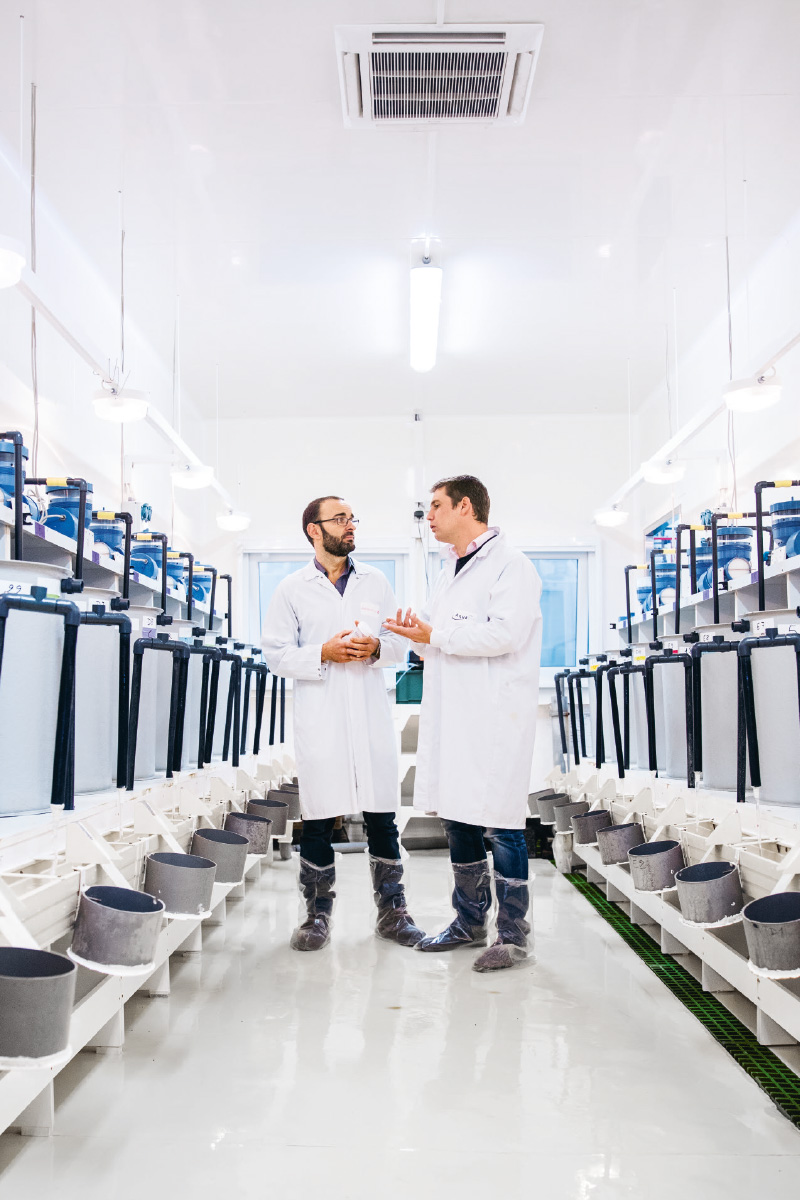
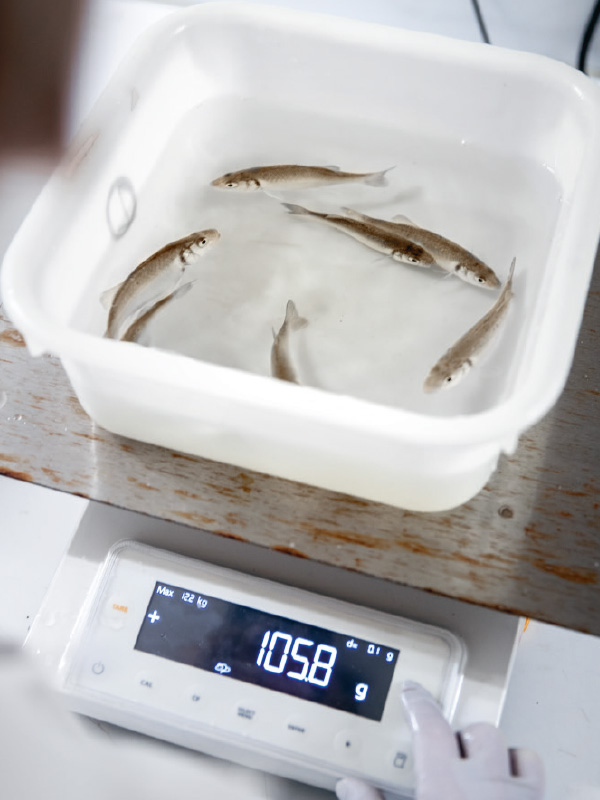

“We saw that some larger peptides also have bioactive effects and activate processes
in the animals’ bodies.”
Vincent Percier
Europe General Manager at Diana Aqua
A number of years of intense research passed before Vincent Fournier was ready to test his first products. “We had to find out what makes feed particularly attractive, nutritious and healthy for aquaculture fish. The key to this is the peptide content in the marine raw materials,” says Fournier. In order to produce and concentrate these, the researcher fine-tuned a hydrolysis process. In this process, peptides are released with the help of enzymes, special pH values and clearly defined pressure and temperature levels. The process is a bit like a predigestion process that makes it easier for the fish in the aquaculture to consume the feed. “This hydrolyzed raw material is digested at 99 %, while most of the fishmeal are only digested at 90-92 % or even lower.” The second key point of the research is the raw materials. Vincent used leftovers from food production that would otherwise go to waste, such as tuna viscera, tilapia frames and shrimp heads, to yield the most value possible from them.
It was a lengthy path to creating the first product. “There were no known standardized methods for assessing product palatability performance,” says Vincent Fournier, who set an as-yet-unsurpassed milestone for the industry. Building on the foundation of his first product, AP31, 13 more have been created, which are sold as liquids or powders. And there are more each year. For example, a special product increases the immunity and resistance of fish to pathogens, which means they need less medication. Another product improves the gut health of the fish – the food is absorbed better and the fish are more resistant to diseases.
Researching new sales markets
What’s the next step? Vincent Percier has the answer. The engineer with an emphasis on agriculture is the Europe General Manager at Diana Aqua. He is on the lookout for new sales markets based on the research. “For example, we saw that some larger peptides also have bioactive effects and activate processes in the animals’ bodies.” One product, for example, helps the aquaculture fish be less stressed in changing water temperatures and fish continue to eat normally despite strong water temperature changes. Another product is a feed ingredient that is intended to increase the feed intake of a particular fish. “The quicker the animals grow to full size, the less they are affected by diseases,” says Vincent Percier. A third project is focused on how the peptides of different fish types function after hydrolysis. “Tilapia hydrolysates can be used as a raw material for raising gilthead seabream because the peptides support their digestion and thus also their growth especially well.”
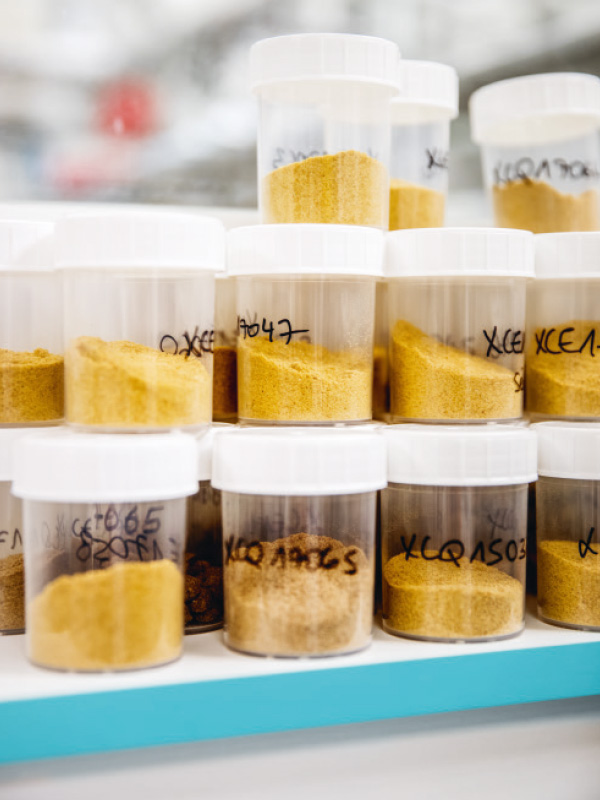
14
The Diana Aqua team has developed 14 hydrolyzed products so far.
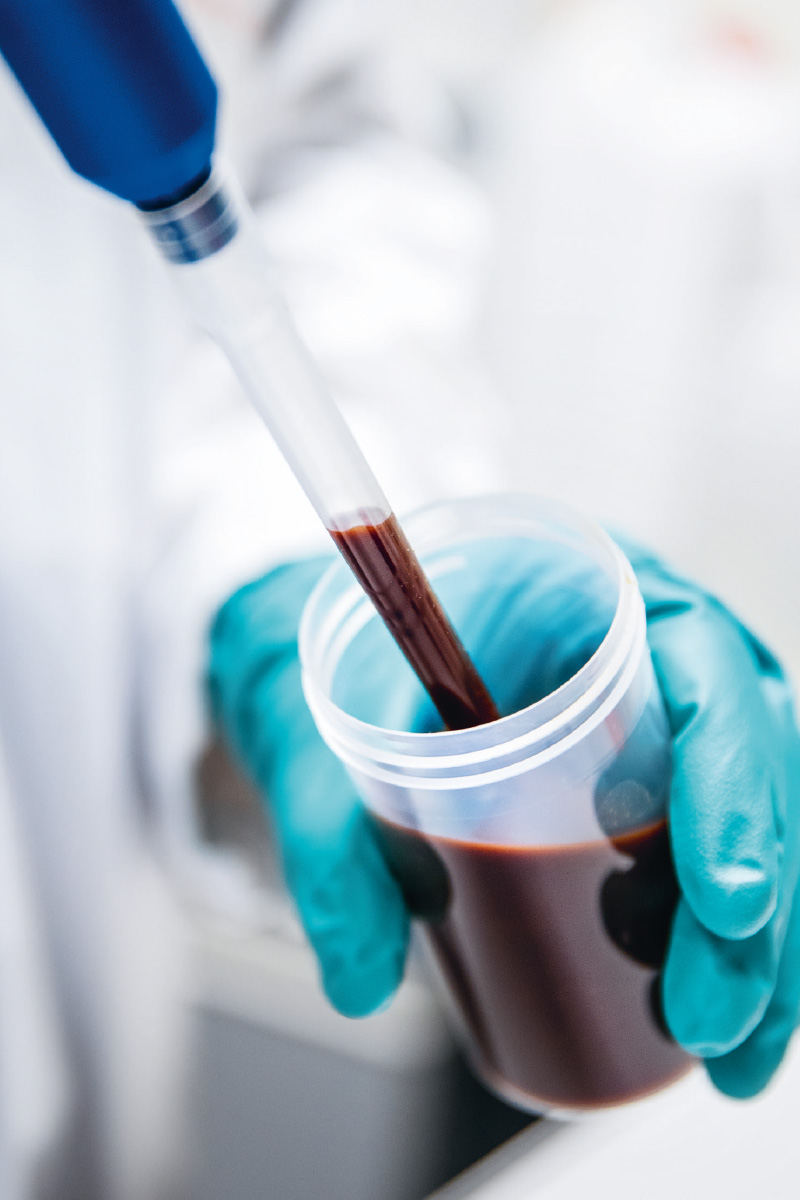
Vincent Percier is also in contact with suppliers. “We work together with the largest tuna processor in Thailand, for example. We buy the innards, which are left over after filleting, from them.” The process is so finely tuned that the byproducts are used in Diana Aqua production just two hours after processing.
Another key issue for Vincent Percier is sustainability. The Diana Aqua products mean that there is less competition for wild-caught fish between fishmeal production and food production for humans. “We can really make an impact there,” says Percier. “For example, if a feed is made with a 20 % fish meal inclusion for nutrition and palatability, we can keep the same level of feed performance with only 10 % fish meal inclusion by adding 3 % of our hydrolyzed product in the formulation. Another effect: Because the feed is digested so well, the fish also excrete less. This, conversely, is good for the environment because there is less sediment in the water.”
“We have to understand fish and their metabolisms better in order to develop the ideal feed ingredients for the hundreds of types of fish that are raised in aquaculture,” Vincent Fournier adds. To do so, Diana Aqua is working together with Jeju National University in South Korea and the University of Caen in Normandy, among others. The scientist is confident: “The applications are almost endless. And with each innovative product, we are helping to make a contribution to more sustainable fish farming.”
